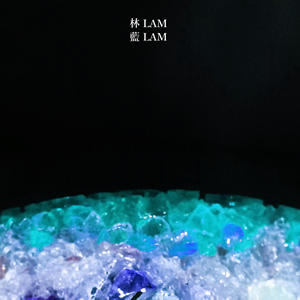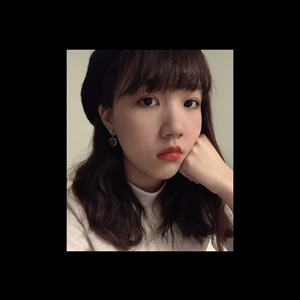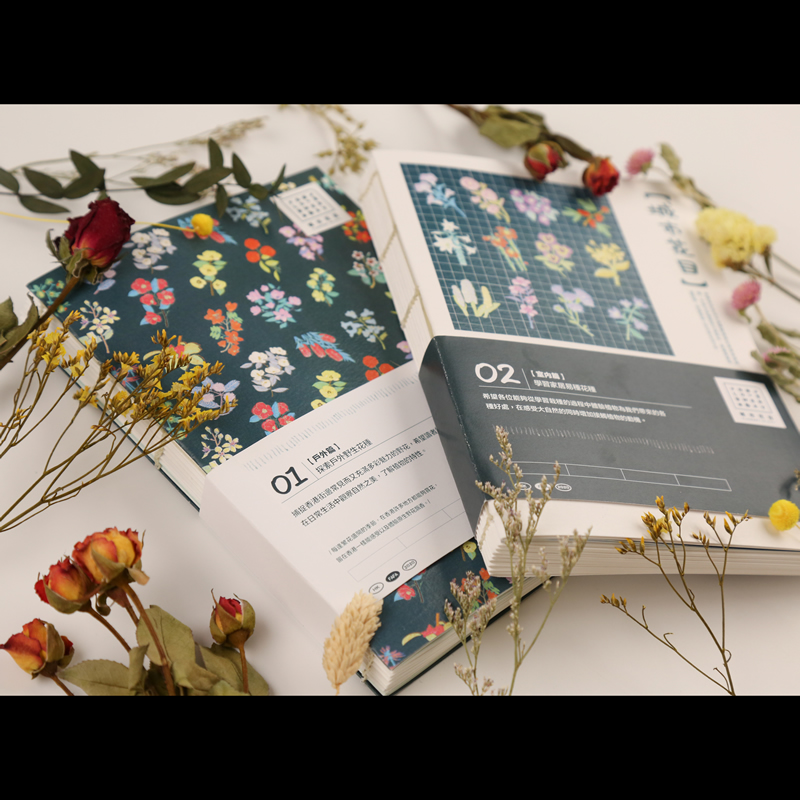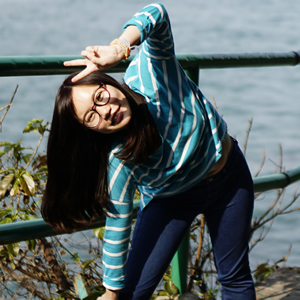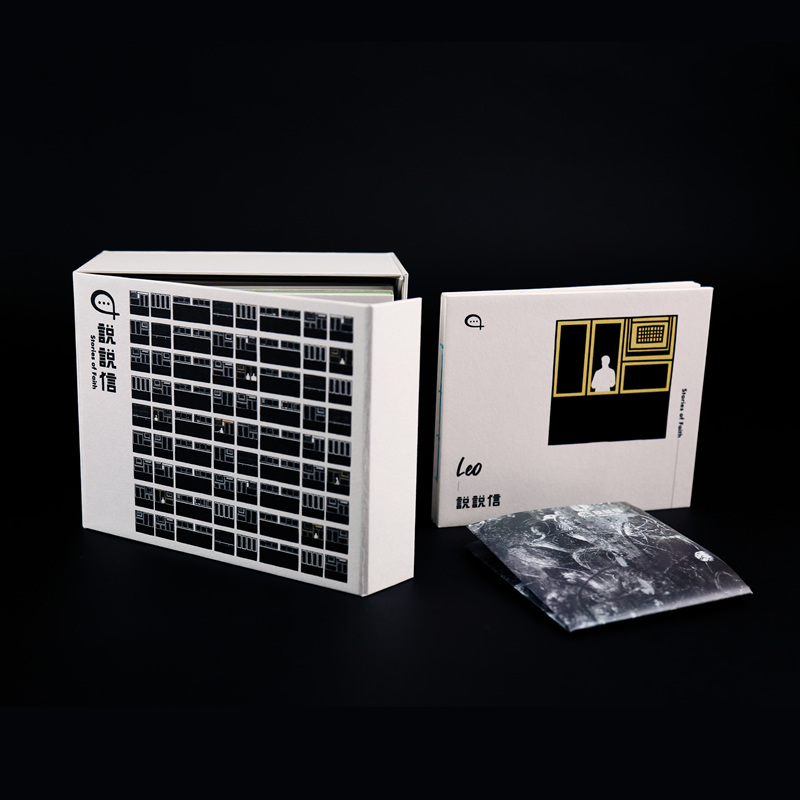閱界 means “reading border” and also sounds as “crossing border”. As the name implies, this work hopes to guide viewers to ponder the border and explore the stories it beholds.
To explore the meaning of the border, I visited the village that straddles China and Hong Kong: Sha Tau Kok. Here, I have come into contact with all kinds of residents that each had their unique experiences of the border, leading me to understand the impact of the border on people's culture, history, and even identity.
These works show the residents' thoughts on the border in the form of illustrations. They illustrate different perceptions of the border and attitudes of living in a border town. Those stories hope to nourish a sense of border, allowing Hong Kong people a new perspective not only on Sha Tau Kok, but on the experiences of living in Hong Kong.
Human beings rely on plants for survival, which is an inseparable relationship. Nowadays, we don’t need to cultivate in a farmer anymore. However, as the business model changes, urban people are less motivated to interact with plants.
My project FLOWERY IN CITY is hoped that the plant-related knowledge and application can blend into different design approaches to promote human-plant interaction and plant motives. So that urban residents can feel and experience a variety of benefits that plants bring to us during our daily life, Besides, let user visually identify the varieties of local house-plants and wild plants, also encourage people respect plant diversity and raise awareness.
Hong Kong can be a stressful place to live in, especially for our youth. Young people of today have firm beliefs in values that they cherish and are constantly caught in a struggle between the values of the previous generation and the values of popular culture.
Young Protestants, just like average young people, face the same struggles in contemporary society. The distinction between Protestants and average young people is the faith they carry in God and the application of faith in their daily lives.
This project (Stories of faith) aims to open the eyes of the public on the journey of faith by the Protestant youth of Hong Kong. Through their testimony in school, work and daily life, these stories testify their dreams and vision. Everyone’s story is special, yet collectively located in the same home known as Hong Kong. I hope these stories will be a light of inspiration and comfort to you, the audience.
